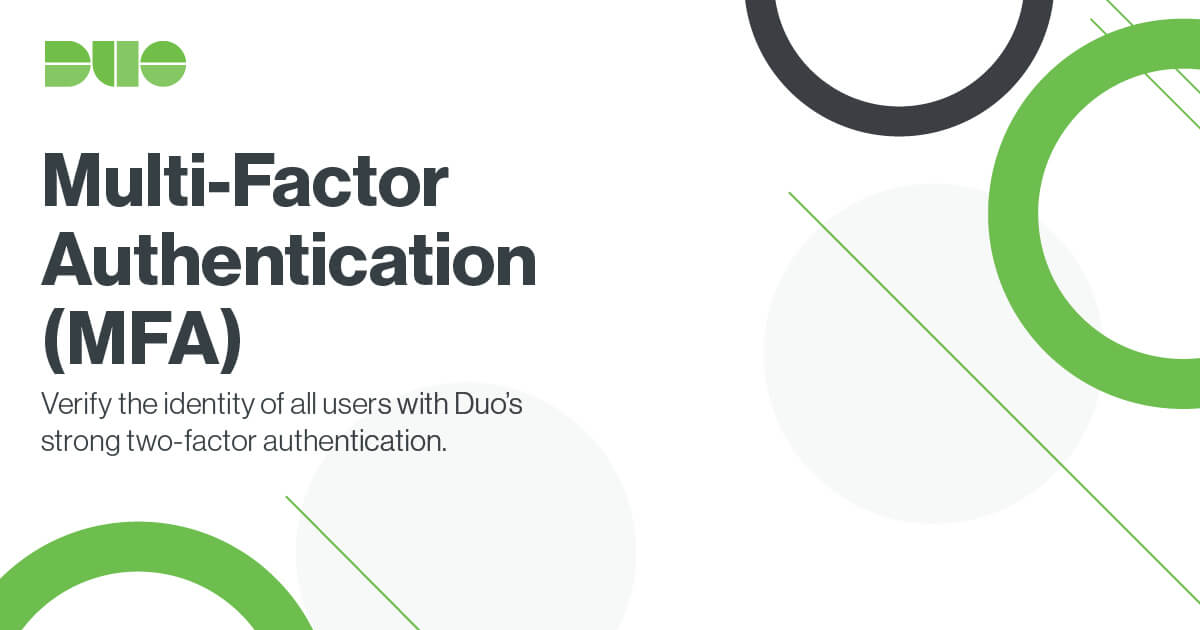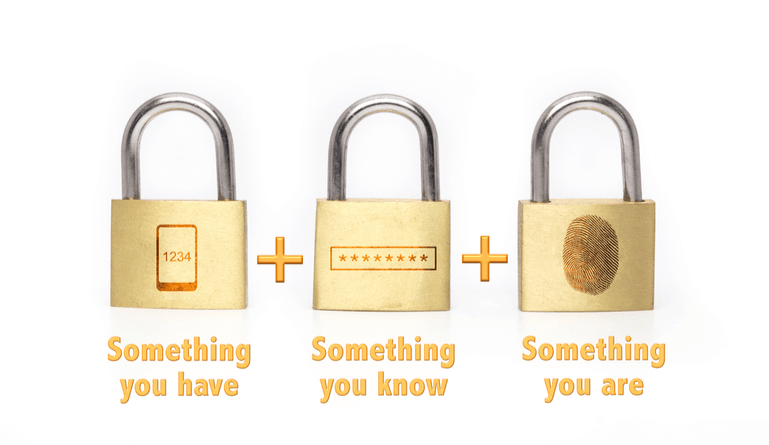
- #Multi factor authentication security policy verification#
- #Multi factor authentication security policy code#
- #Multi factor authentication security policy password#
Users must utilize Multi-Factor Authentication (MFA) to access all IT Resources (e.g., University portal, Blackboard ®, email, Google Drive ™, Zoom ®).This IT policy, and all policies referenced herein, shall apply to all members of the University community, including faculty, students, administrative officials, staff, alumni, authorized guests, delegates, and independent contractors (the “User(s)” or “you”) who use, access, or otherwise employ, locally or remotely, the University’s IT Resources, whether individually controlled, shared, stand-alone, or networked.
#Multi factor authentication security policy verification#
The purpose of this policy is to ensure identification verification by using two or more factors to access University IT Resources. Customize Windows 2FA or MFA for your organizationĪdministrators can customize ADSelfService Plus' MFA features based on their organization's needs.Learning and Innovation Technology Environment The workings of 2FA or MFA for remote desktop are very similar to the local Windows/machine logon methods, except the second or multiple factors of authentication are triggered during the RD gateway connection. For example, RDPs that pass through a particular gateway. In RDP MFA or VPN MFA, we can define the terms under which a particular remote setup goes through 2FA or MFA. With organizations adopting hybrid work environment, RDP connections need to be secured thoroughly. Weak passwords, frail encryption mechanisms, and lack of access controls are few major vulnerabilities that make RDP connections a common target for malware and ransomware attacks. How 2FA or MFA for Remote Desktop (RDP) works

#Multi factor authentication security policy password#
In addition to the username and password provided to the VPN server by the user, users will need to undergo additional factors of authentication, as configured by the administrator, to be able to access their company's resources. ADSelfService Plus offers MFA for VPNs to strengthen VPN security. Virtual private network solutions facilitate remote access but are susceptible to data breaches.

MFA is even more important for users trying to access an organization's internal resources remotely. When Windows logon 2FA or MFA is enabled, it adds multiple authentication methods to all local and remote Windows login attempts. Multi-factor authentication for remote desktops Finally, users are logged in to their Windows machines after successful authentication through all factors.Depending on the administrator's configurations, they may need to authenticate themselves through more than one method.
#Multi factor authentication security policy code#
Next, users must authenticate themselves using the time-sensitive authentication code sent to their SMS or email, or through a third-party authentication provider.When configured, users logging in to their Windows machines will need Active Directory domain credentials to prove their identities.AD Free Tools Active Directory FREE Tools.AD360 Integrated Identity & Access Management.RecoveryManager Plus Enterprise backup and recovery tool.DataSecurity Plus File server auditing & data discovery.M365 Manager Plus Microsoft 365 Management & Reporting Tool.EventLog Analyzer Real-time Log Analysis & Reporting.

Exchange Reporter Plus Exchange Server Auditing & Reporting.ADAudit Plus Real-time Active Directory Auditing and UBA.ADManager Plus Active Directory Management & Reporting.Universal Password Policy Enforcer for Cloud Apps.Active Directory Multi Factor Authentication.Windows Logon Two-factor Authentication.Password Self-Service from Logon Screen.


 0 kommentar(er)
0 kommentar(er)
